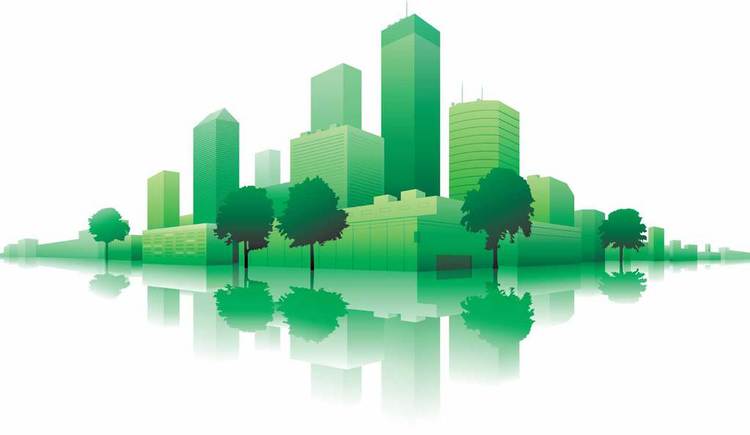Going by studies and reports, the green building market in India should be doubling by the year 2022. It will then cover approximately 10 billion sq. ft. as per reports at a value of approximately $35-50 billion. This will be spurred by growing awareness levels of buyers and real estate developers and the incremental environmental advantages. Government support for green buildings and long-term cost savings are other factors that will propel the growth of this market category as per experts. India is already one of the top countries with regard of green buildings and there are several such projects already coming up in the country. India is at the second position after the United States with regard to the total number of green technology based projects and their cumulative built-up area as per reports.
India had in excess of 4, 300 green building projects encompassing a whopping 4.7 billion sq. ft. in built-up area as of the month of September last year according to studies. This covers only 5% of the total number of structures in the country and this indicates the overwhelming potential for the green building segment to grow in the near future. This market could double eventually by 2022 as per reports. Green buildings are ones which make use of technologies and procedures which are absolutely eco-friendly and energy efficient all throughout the lifecycle of the building right from design, construction and maintenance to operation, deconstruction and renovation.
Some of the top global organizations which certify, categorize and define green buildings worldwide are BREEAM from the United Kingdom, LEED from the United States, CASBEF from Japan and Germany’s DGNB. In India, organizations like GRIHA and IGBC help certify green buildings and set green building regulations. Green buildings can lower consumption of energy by a whopping 20-30% according to studies and water usage can also be reduced by 30-50%. Generation of waste can also be lowered through comprehensive recycling.
The initial cost of a green building may be higher than a regular structure to the tune of approximately 15% as per studies. However, there are lower operating costs and health benefits for residents which make up for it in the long-term. Green buildings will also become more affordable in the future, making them a predominant market category in India.





